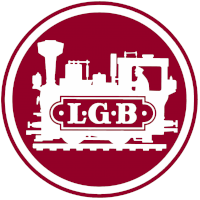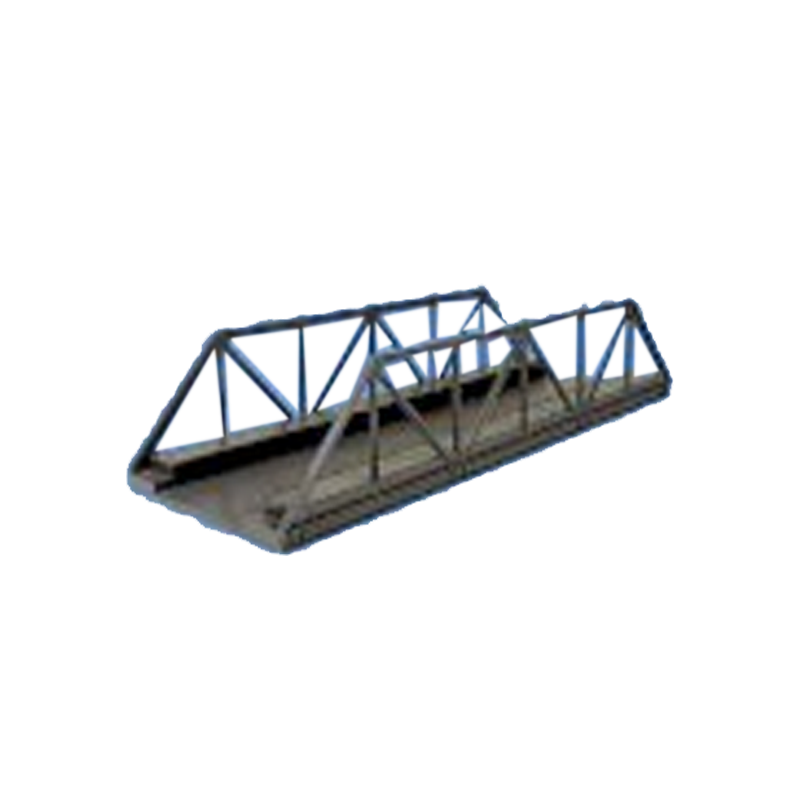

$28.95
LGB 50600 Warren Truss G-scale Bridge (1 1/2')
This bridge is made from plastic This is a short bridge of 1 1/2' length (45cm).
Application: G-scale garden railroad layout
Compatible: LGB, Trainline45, Piko, Arisotcraft, USA Trains, Bachmann, HLW and other G-scale manufacturers
Details about a Warren Truss Bridge;
The Warren truss was patented in 1848 by its designers James Warren and Willoughby Theobald Monzani, and consists of longitudinal members joined only by angled cross-members, forming alternately inverted equilateral triangle-shaped spaces along its length, ensuring that no individual strut, beam, or tie is subject to bending or torsional straining forces, but only to tension or compression. Loads on the diagonals alternate between compression and tension (approaching the center), with no vertical elements, while elements near the center must support both tension and compression in response to live loads. This configuration combines strength with economy of materials and can therefore be relatively light. The girders being of equal length, it is ideal for use in prefabricated modular bridges. It is an improvement over the Neville truss which uses a spacing configuration of isosceles triangles.
Warren truss construction has also been used in airframe construction for aircraft since the 1920s, mostly for smaller aircraft fuselages, using chrome molybdenum alloy steel tubing, with popular aircraft such as the Piper J-3 Cub. One of the earliest uses for the Warren truss in aircraft design was for the interplane wing strut layout, as seen in a nose-on view, on the Italian World War I Ansaldo SVA series of fast reconnaissance biplanes, which were among the fastest aircraft of the First World War era. Warren truss construction is still used today for some homebuilt aircraft fuselage designs, that essentially use the same 1920s-era design philosophies in the 21st century
Please wait! Content loading.....
